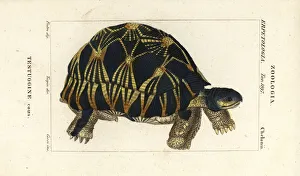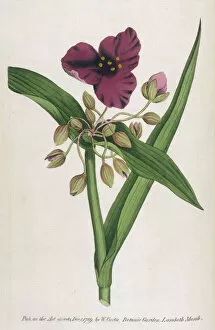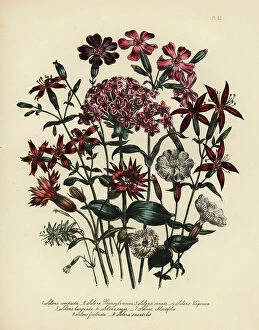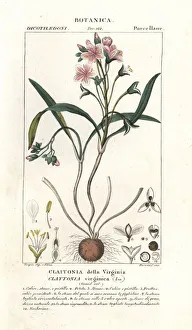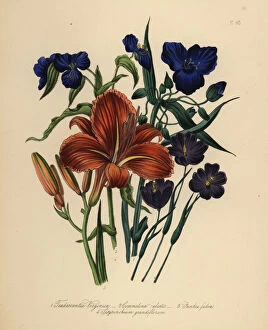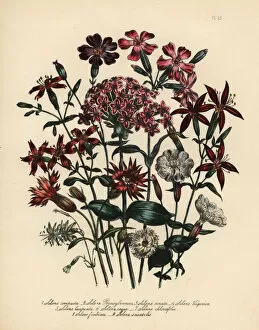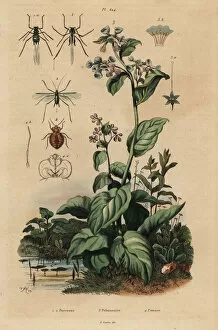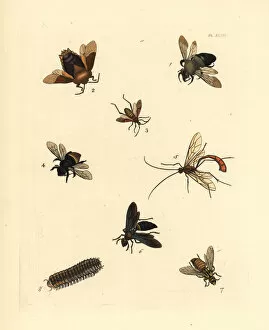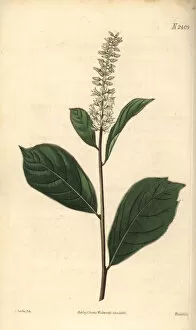Virginica Collection
"Exploring the Virginica: A Journey through Nature's Delights" Embark on a captivating journey into the world of Virginica, where an array of fascinating species awaits
All Professionally Made to Order for Quick Shipping
"Exploring the Virginica: A Journey through Nature's Delights" Embark on a captivating journey into the world of Virginica, where an array of fascinating species awaits. From the enchanting Radiated tortoise, Astrochelys radiata, to the delicate beauty of Tradescantia Virginica, this diverse ecosystem is brimming with wonders. In springtime, witness the vibrant blooms of Virginia springbeauty, Claytonia virginica, and Milkweed, Asclepias syriaca. These flowers attract a myriad of pollinators including Spiderwort, commelin, day lily and sisyrinchium species. Their dance with nature creates a symphony of colors that will leave you in awe. As you venture deeper into this magical realm, discover Claytonia and stonecrop species gracefully adorning their surroundings. Catchfly or Silene species add a touch of elegance to every corner they inhabit while Virginia bluebells stand tall amidst aphids and bedbugs - showcasing resilience even in challenging times. The striking Virginia dayflower named Commelina virginica steals hearts with its vivid blue petals that seem to mirror the sky above. Exotic bees and wasps buzz around these blossoms as if drawn by their irresistible charm. Amidst lush wetlands lies Swamp titi or Cyrilla racemiflora - an elegant shrub that thrives in this unique habitat. Its presence adds depth to the landscape while providing shelter for various creatures seeking refuge. Culvers root or blackroot known as Veronicastrum virginicum stands tall like sentinels guarding this natural haven. Its majestic appearance serves as a reminder of nature's strength and resilience. Join us on an unforgettable expedition through Virginica; immerse yourself in its breathtaking beauty and marvel at the intricate tapestry woven by Mother Earth herself.

